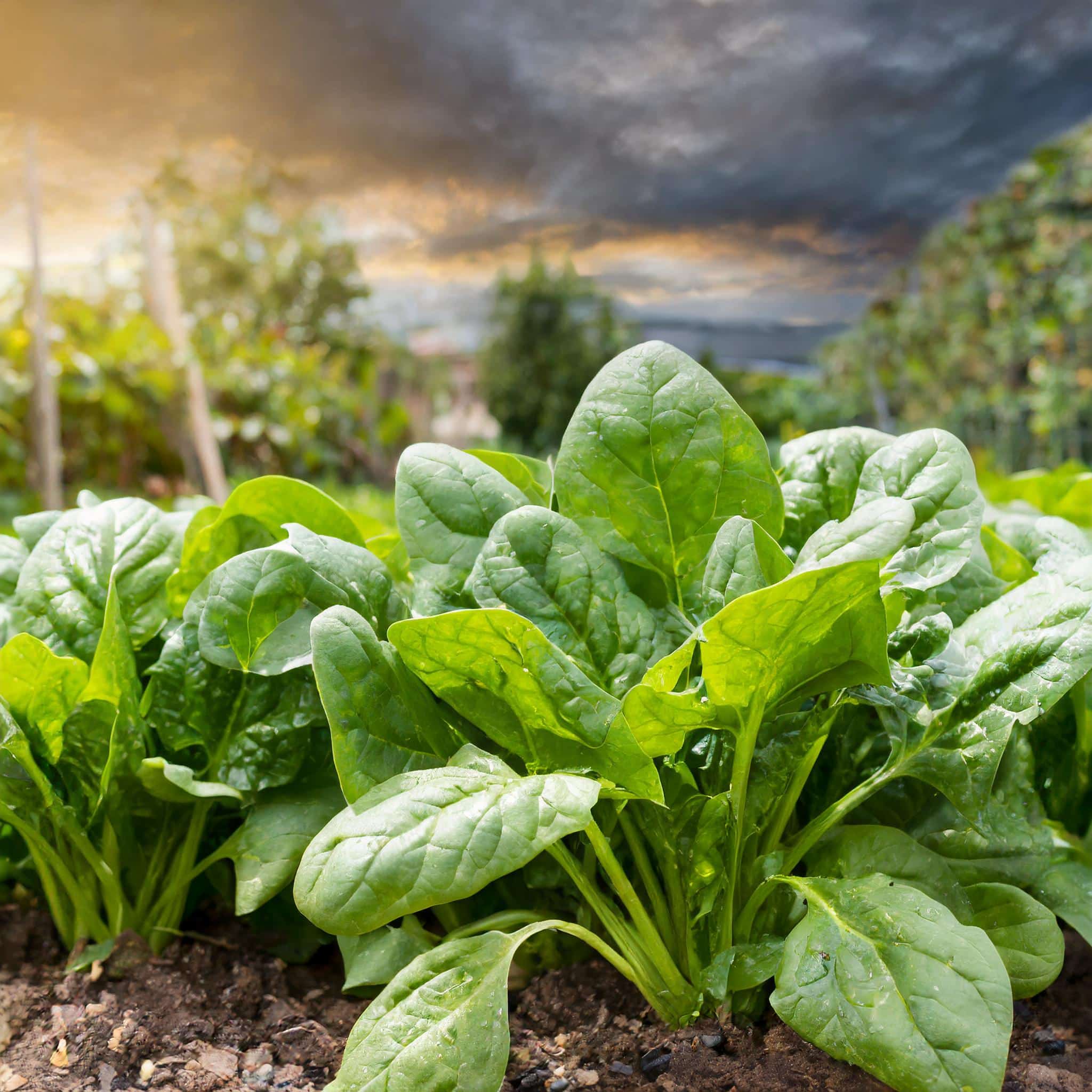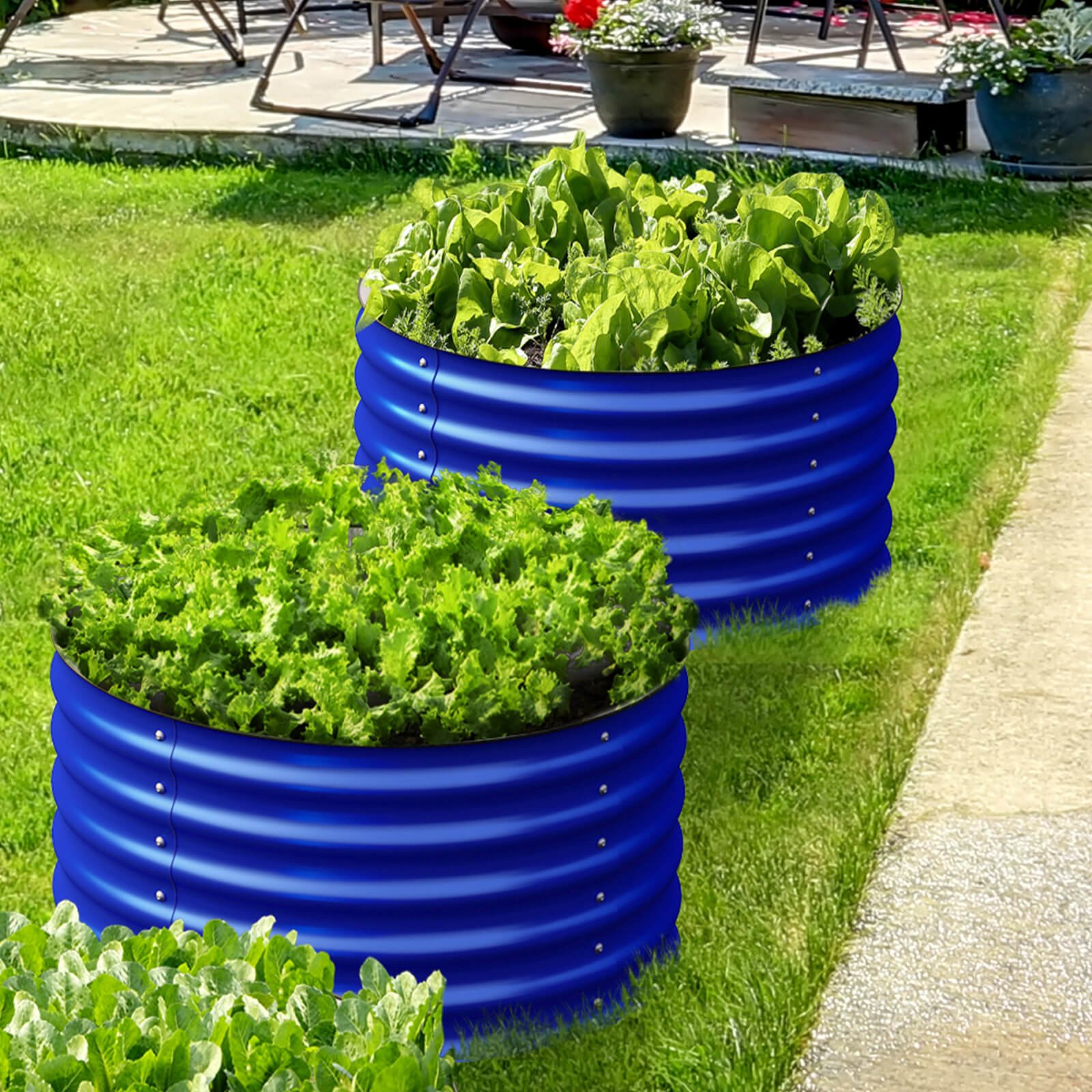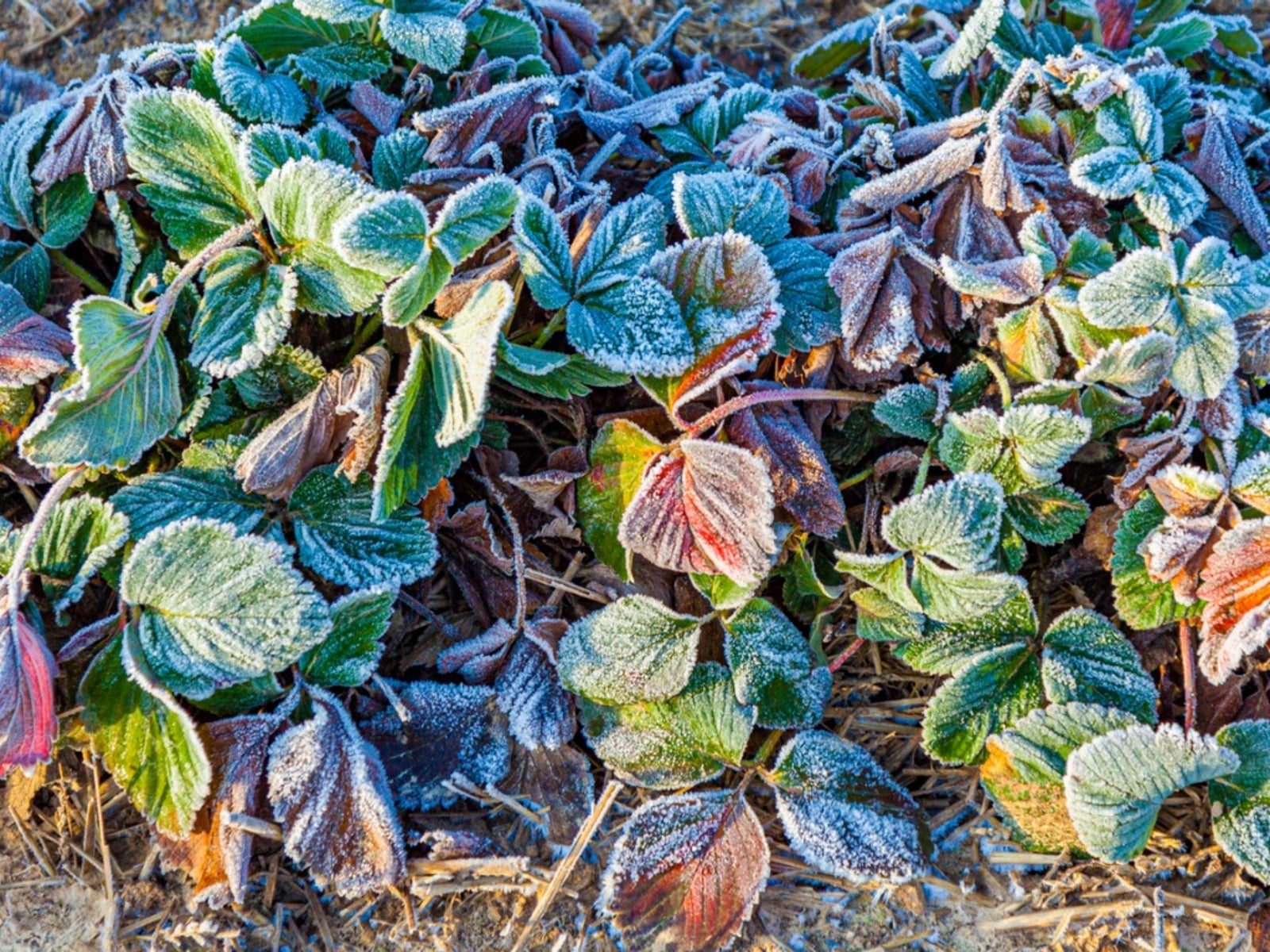How to Protect Your Crops and Plants from an Imminent Freeze? Protect Your Crops and Plants from Imminent Freeze: Urgent Freeze Warning brings you all the answers!
Editor's Notes: Protect Your Crops and Plants from Imminent Freeze: Urgent Freeze Warning was published on [Current Date]. With the current freeze warning in effect, it is important to take steps to protect your crops and plants from the cold. This guide will provide you with the information you need to keep your plants safe.
Our team has done the research and put together this Protect Your Crops and Plants from Imminent Freeze: Urgent Freeze Warning guide to help you make the right decision.
Key Differences
| Last Minute Freeze Protection | |
|---|---|
| Cover plants with blankets or sheets | Provides insulation and protection from wind |
| Water plants deeply | Moist soil releases heat and insulates roots |
| Use row covers or plastic sheeting | Creates a mini greenhouse effect, trapping heat |
| Place candles or lanterns around plants | Provides a small amount of heat |
| Mulch around plants | Insulates the soil and retains moisture |
Main Article Topics
FAQ
Here are the imperative FAQs on how to protect your crops and plants from imminent freeze as per our Protect Your Crops And Plants From Imminent Freeze: Urgent Freeze Warning:
Question 1: What are the signs of an impending freeze?
Monitor weather forecasts and be alert to freeze warnings. Signs of an impending freeze include:
- Rapidly dropping temperatures
- Clear skies and calm winds
- Frost or ice on surfaces

Protect a Crop - Structures - Source www.protectacrop.co.za
Question 2: How can I protect my crops from freezing?
Cover plants with blankets, sheets, or frost cloth. Use row covers or mini greenhouses to create a protective barrier. Mulch around the base of plants to insulate the roots.
Question 3: How can I protect my plants from freezing?
Bring potted plants indoors or place them in a sheltered location. Cover plants with blankets or sheets. Water plants deeply before the freeze to help protect their cells.
Question 4: What should I do if my plants have already frozen?
Do not remove damaged leaves or stems immediately. Wait until after the freeze has passed and the plant has had a chance to thaw. Prune away any dead or damaged plant material.
Question 5: How can I prevent future freeze damage?
Choose cold-hardy plants for your area. Plant in well-drained soil that allows for good root development. Water plants regularly and fertilize them according to their needs.
Question 6: Where can I find more information on protecting plants from freeze damage?
Consult with local extension offices, nurseries, or online resources for specific advice on protecting plants in your area.
Remember, taking proactive steps to protect your crops and plants from freezing can save you time, money, and effort in the long run. Stay informed about weather forecasts and be prepared to take action when necessary.
Read more about How to Protect Crops and Plants from Freeze Damage.
Tips to Protect Crops and Plants from Freeze Damage
A cold front is rapidly approaching, bringing freezing temperatures that can devastate crops and plants. Taking urgent action is crucial to minimize damage. Implement these effective strategies to safeguard your valuable greenery:
Tip 1: Cover Plants
Covering plants with blankets, tarps, or even old towels provides insulation and protection from the cold. Secure the covers tightly to prevent wind damage.
Tip 2: Water Plants Deeply
Wet soil absorbs and releases heat more effectively than dry soil. Water plants thoroughly before the freeze to help them retain heat.
Tip 3: Mulch Around Crops
Spread a thick layer of organic mulch, such as straw, hay, or shredded leaves, around the base of plants. Mulch creates a barrier against cold air and helps retain soil moisture.
Tip 4: Use Row Covers
Row covers, made of thin plastic or fabric, create a mini-greenhouse around plants. They trap heat and protect from wind and frost.
Tip 5: Protect Young Trees
Wrap the trunks of young trees with burlap or tree wrap to prevent bark damage. Protect new buds and branches with anti-desiccant sprays.
Tip 6: Move Plants Indoors
If possible, move sensitive plants, such as tropical species, indoors to a warm location. Keep them away from cold windows or drafty areas.
Tip 7: Bring in Garden Pots
Bring potted plants, especially those with shallow roots, indoors or into a sheltered area to protect them from freezing temperatures.
Tip 8: Use Electric Heaters
In greenhouses or cold frames, use small, portable electric heaters to maintain temperatures above freezing. Ensure proper ventilation to avoid overheating.
By implementing these tips, you can effectively protect your crops and plants from the imminent freeze. Remember to act quickly and diligently to minimize damage.
Protect Your Crops And Plants From Imminent Freeze: Urgent Freeze Warning
Imminent Freeze poses a severe threat to crops and plants, necessitating urgent protective measures. Various dimensions must be considered for effective protection.
- Cover Plants: Shield plants with frost blankets, burlap, or plastic covers.
- Water Deeply: Moist soil retains more heat, offering insulation to roots.
- Use Frost Bags: Cover individual plants with specialized frost bags to prevent freezing.
- Create Windbreaks: Plant barriers or set up physical structures to reduce wind chill.
- Apply Anti-Desiccants: Sprays or paints help reduce water loss and prevent freeze damage.
- Raise Containers: Move potted plants off the ground or onto platforms to minimize cold exposure.
These key aspects provide a comprehensive approach to protecting crops and plants from imminent freeze. By implementing these measures, farmers and gardeners can mitigate the effects of freezing temperatures and safeguard their valuable vegetation.

A permaculture vegetable garden from February: It’s possible, here’s - Source www.masculine.com

A food garden in winter: 6 things you can do now to harvest in the cold - Source www.greenandprosperous.com
Protect Your Crops And Plants From Imminent Freeze: Urgent Freeze Warning
An imminent freeze warning is a critical weather alert issued when temperatures are expected to drop below freezing within the next 24 hours. This can pose a serious threat to crops and plants, as even a short period of freezing temperatures can cause extensive damage or even kill them. Therefore, it is crucial to take immediate action to protect your crops and plants from the impending freeze.

Protecting Plants In A Freeze: Best Way To Cover And Keep Plants From - Source www.gardeningknowhow.com
There are several steps you can take to protect your crops and plants from a freeze.
1. Cover your plants with a blanket, tarp, or sheets to trap the heat around them.
2. Water your plants deeply the day before the freeze. This will help the soil retain heat and insulate the roots.
3. Move your plants indoors if possible. If you can't move them indoors, try to place them in a sheltered area, such as a garage or shed.
4. Use a heat source, such as a heat lamp or a small fire, to raise the temperature around your plants.
By taking these steps, you can help protect your crops and plants from a freeze and ensure a successful harvest.
Table: Practical Applications for Protecting Crops and Plants from Freeze
| Step | Action | Benefit |
|---|---|---|
| 1 | Cover plants with blankets or tarps | Traps heat and insulates plants |
| 2 | Water plants deeply before freeze | Moist soil retains heat and protects roots |
| 3 | Move plants indoors or to sheltered areas | Protects plants from direct exposure to freezing temperatures |
| 4 | Use heat sources | Raises temperature around plants, providing additional protection |
Conclusion
Protecting your crops and plants from an imminent freeze is essential for ensuring a successful harvest. By following the steps outlined in this article, you can minimize the risk of damage and ensure the well-being of your plants during a cold snap.
Remember, the key to successful freeze protection is to take action promptly. Stay informed about weather forecasts and be prepared to implement protective measures as soon as an imminent freeze warning is issued.
